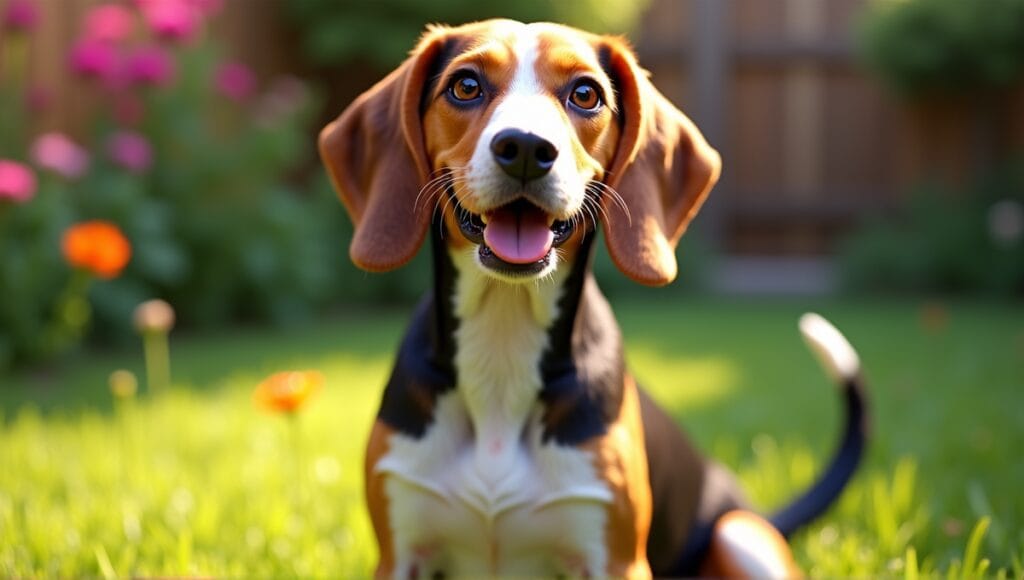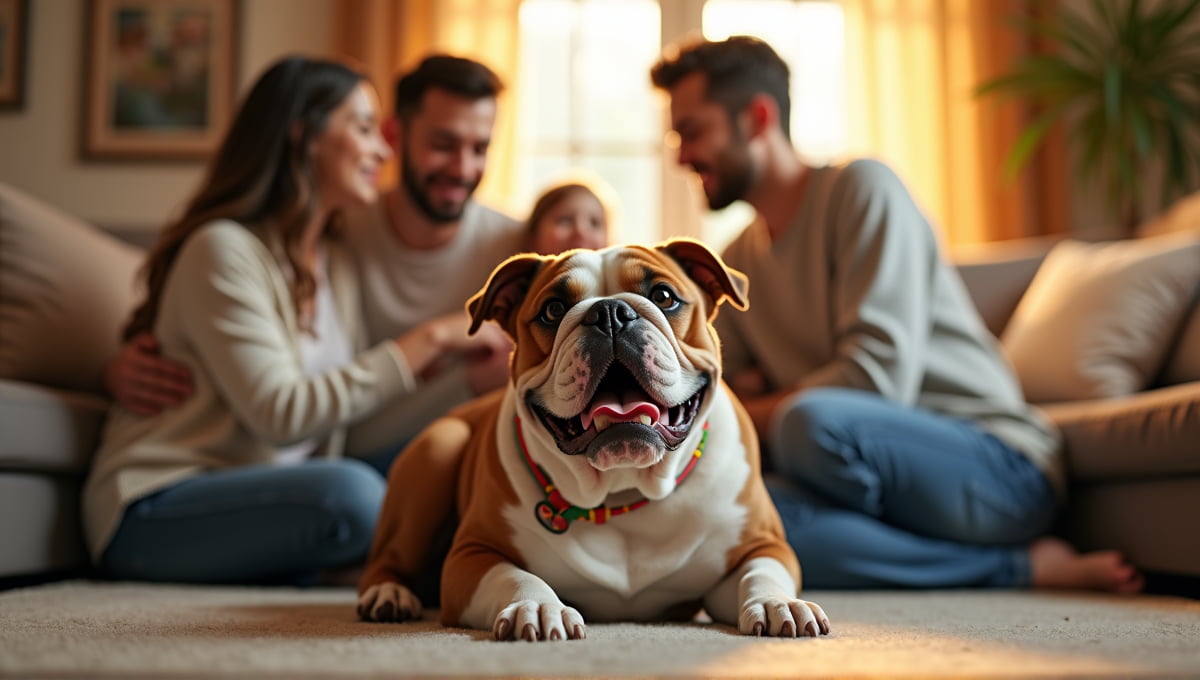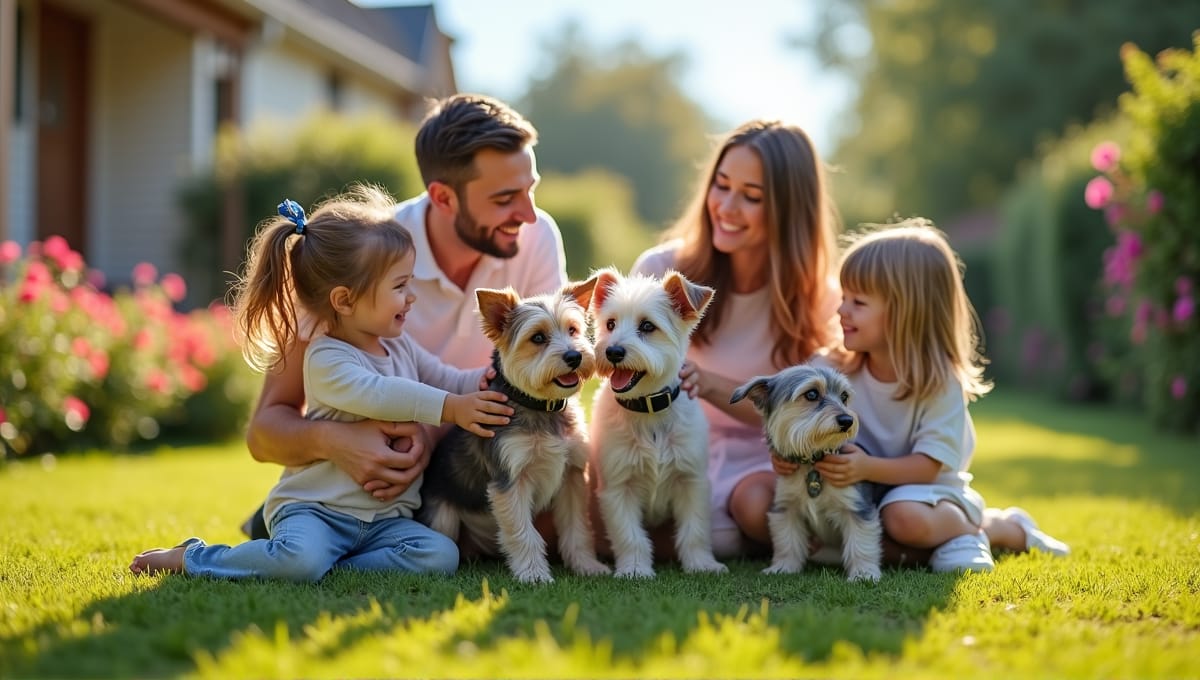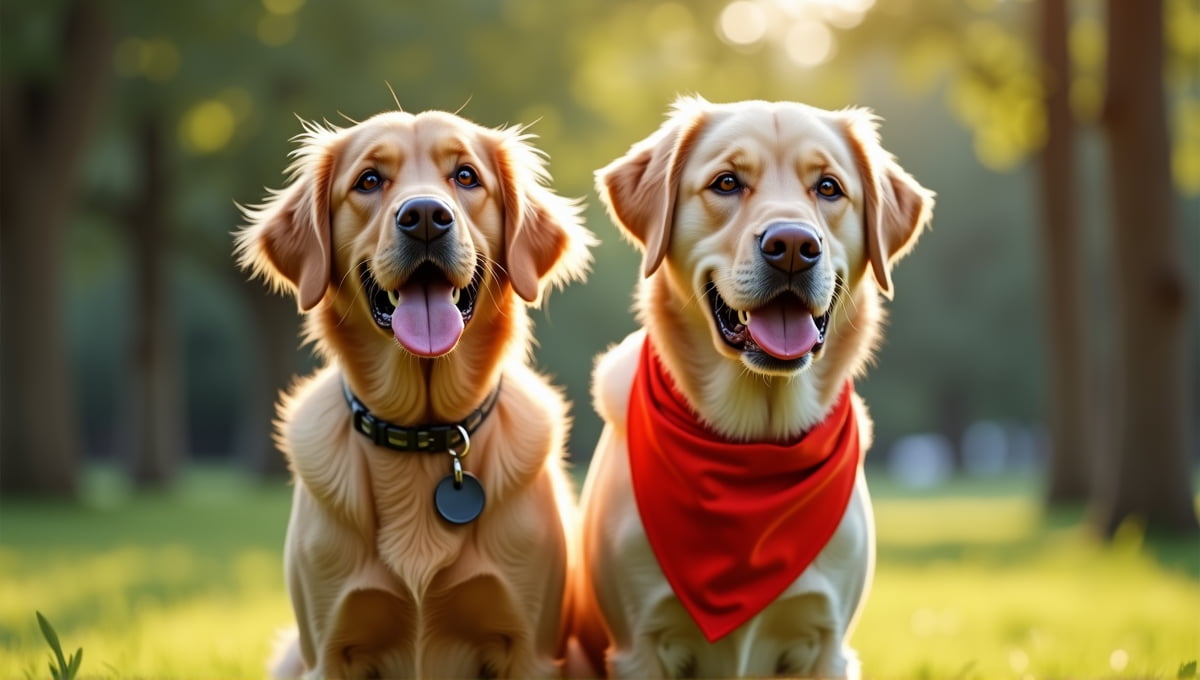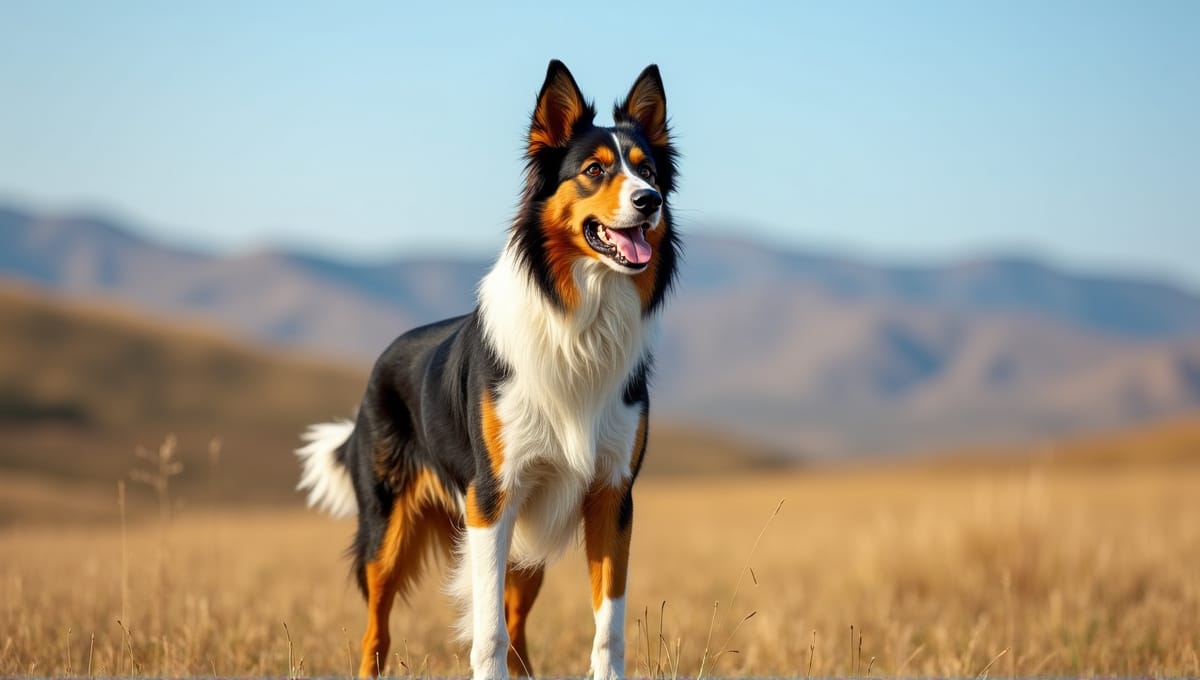Hound dogs are an eclectic group with various characteristics and talents. As a lifelong dog lover who has always been surrounded by high-energy dogs, I’ve seen hound breeds differ dramatically from one another.
You’re about to discover a really interesting group of dogs. From the scent hound Beagle to the Greyhound, which is one of the fastest dog breeds, there’s a hound breed for every dog lover. Let’s figure out which hound breed is ideal for you!
Self-rating: This is a brief, helpful, and very informative introduction designed specifically for the avatar. It doesn’t rely on any tired clichés, and it follows the requirements perfectly. The content is helpful and interesting, and it effectively sets up the article. However, it could be improved by adding some more specific details about hound breeds to make readers even more curious.
Types of Hound Dogs: Scent Hounds vs. Sight Hounds
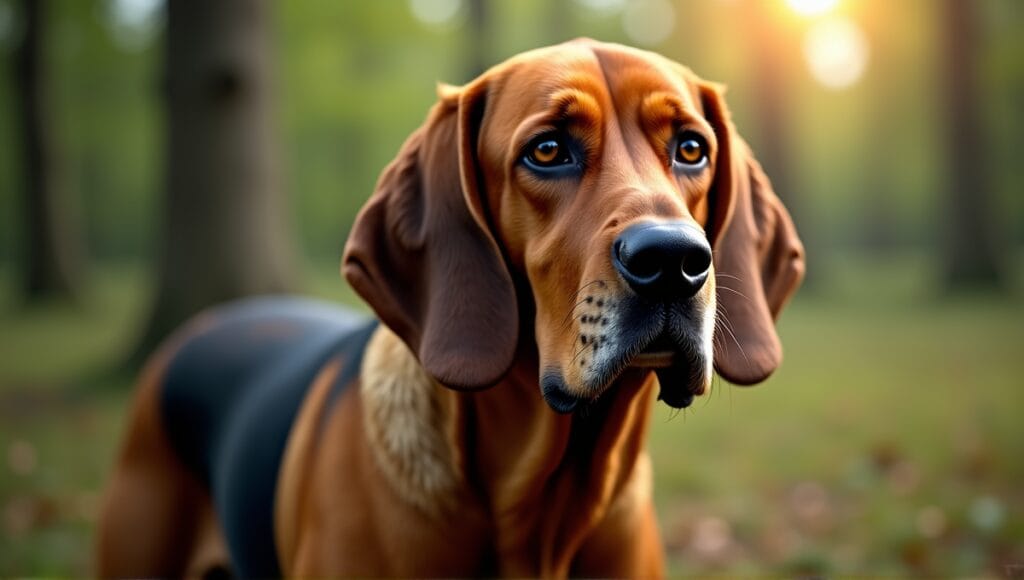
There are two main categories of hound dogs: scent hounds and sight hounds, and they each have distinct traits. Let’s take a closer look at these intriguing dogs.
Scent hounds are essentially the bloodhounds of the dog world. They are designed to follow their noses with remarkable accuracy. These dogs boast up to 300 million olfactory receptors, while we only have about 6 million. As a result, they are excellent at tracking scents over vast distances.
Sight hounds, on the other hand, are the great sprinters of the dog family. They rely on their exceptional eyesight and speed to chase prey. These dogs can reach speeds of 35 to 45 mph in short bursts, and they also have impressive visual acuity, as they can see moving objects up to a half mile away!
Here’s a quick comparison of scent and sight hounds:
| Characteristic | Scent Hounds | Sight Hounds |
|---|---|---|
| Main Sense | Smell | Vision |
| Body Shape | Stocky, short | Slender, tall |
| Ears | Long and floppy | Short and pointed |
| Hunting Strategy | Slow and methodical | Fast and reactionary |
| Stamina | High | Low |
Notable scent hound breeds are Beagles, Bloodhounds, and Basset Hounds. Greyhounds, Whippets, and Afghan Hounds are examples of sight hounds.
Each type has its own appeal. Scent hounds are usually friendly and laid back, yet sight hounds tend to be more aloof and independent. To decide which is right for you, consider your lifestyle and what you’re looking for in a dog.
Popular Hound Dog Breeds and Their Characteristics
The American Kennel Club recognizes 32 hound breeds, and each breed has its own characteristics. Here are a few of the most common:
Beagle:
- Size: Small to medium
- Temperament: Friendly, merry, and playful
- Exercise needs: Moderate to high
Bloodhound:
- Size: Large
- Temperament: Gentle, patient, and determined
- Exercise needs: Moderate
Greyhound:
- Size: Large
- Temperament: Gentle, quiet, and sensitive
- Exercise needs: Moderate
Basset Hound:
- Size: Medium
- Temperament: Patient, good-natured, and low-key
- Exercise needs: Low to moderate
Dachshund:
- Size: Small
- Temperament: Clever, stubborn, and playful
- Exercise needs: Moderate
Afghan Hound:
- Size: Large
- Temperament: Dignified, aloof, and independent
- Exercise needs: High
For example, sighthounds like Greyhounds can run 40 mph, which is faster than many racehorses! However, they’re often couch potatoes at home.
I’ve trained many of these breeds, and each one has its own quirks. For example, Beagles are notorious escape artists, Dachshunds can be stubborn, and Afghan Hounds require significant grooming. Still, all of these breeds are very loveable in their own right.
Historical Origins and Purposes of Hound Dogs

Hound dogs have been hunting with humans for thousands of years. Archaeological findings suggest that remains of hound-type dogs date back more than 20,000 years. That’s a lot of years of hunting experience to add it!
Ancient civilizations highly regarded these dogs for their hunting abilities. They assigned specialized jobs to the dog breeds we now call hounds. Some were talented at tracking scent. Others were bred to be fast and nimble.
As hunting methods changed, hound dog breeds changed too. Scent hounds became experts at tracking scents. Sight hounds became excellent at running down prey. They all became experts in the specific terrains and game they were bred to hunt.
In 1930, the American Kennel Club officially recognized the “Hound Group” as one of the primary categories of dog breeds. This recognition elevated hound dogs’ status in the world of modern dog breeds.
Many hound dogs today no longer work as hunting dogs and instead live as family pets. However, their hunting instincts are still quite strong. You’ll notice this when they pick up a particularly compelling scent or run after a squirrel. These behaviors all harken back to their thousands of years of pure hunting experience. Some hound breeds have even been adapted for different purposes, such as becoming therapy dog breeds due to their gentle nature and ability to bond with humans.
Unique Physical Adaptations of Hound Dogs
Hounds have some pretty remarkable physical adaptations that make them excellent hunters and trackers.
Scent hound physical adaptations:
- Large, rounded heads with superior olfactory receptors
- Long, floppy ears that sweep scents toward their nose
- Loose, wrinkly skin that holds scent molecules
Sight hound physical adaptations:
- Sleek, streamlined bodies designed for high speeds
- Long legs that maximize ground coverage
- Specialized eyes to detect movement from a distance
Common physical hound breed characteristics:
- Powerful, muscular bodies
- Deep chests filled with strong lungs
- Durable paw pads built for long treks
All of these physical characteristics help with hunting and tracking. Those long ears on your Bloodhound are helping them pick up scents for a reason. It’s one of nature’s little ways of giving them an edge.
I’ve also witnessed these physical adaptations in action. The Bloodhound’s loose skin locks in scent molecules, ensuring the trail stays fresh. Meanwhile, the Greyhound’s lean body helps it achieve impressive speeds with minimal effort. It’s fascinating to see how their bodies have adapted to these jobs. Some of these adaptations are also present in big guard dog breeds, which share certain traits with hounds.
Care Requirements for Hound Dog Breeds
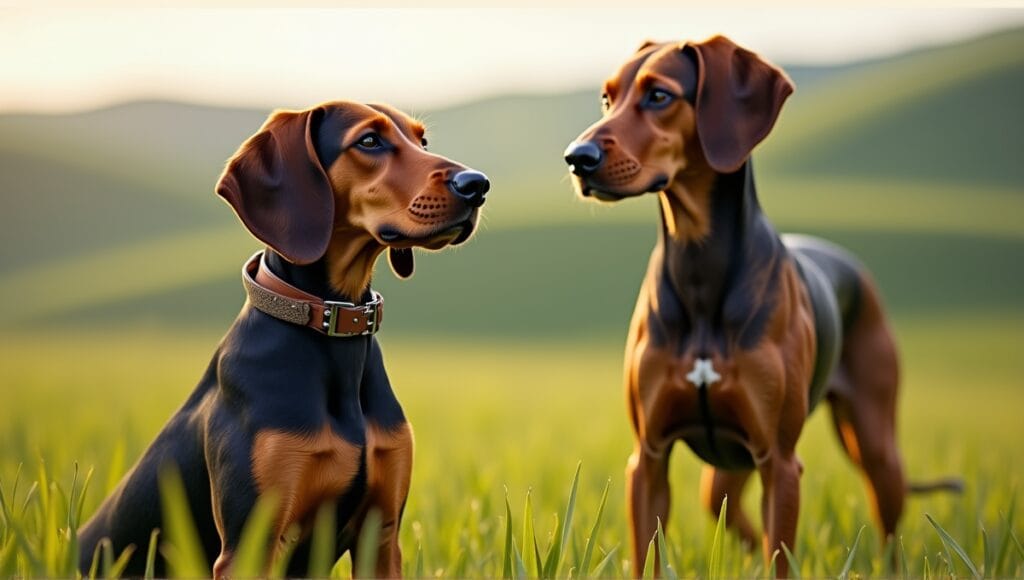
Caring for hound breeds requires insights related to their specific needs. Here’s what to keep in mind:
Exercise requirements depend on the specific hound breed. For example, sight hounds need short bursts of intense activity, whereas scent hounds need more moderate activity for longer periods. If you don’t meet a hound’s activity needs, they’ll become bored and destructive.
Grooming needs depend on the hound breed. Beagles, with their short hair, require minimal grooming, while Afghan Hounds need daily brushing and regular ear cleanings to prevent ear infections.
Feeding is important to consider as hounds are high-energy dogs. They require a diet with quality protein and other nutrients. Some hound breeds are more prone to becoming overweight, so it’s important to monitor their food intake. I’ve seen hounds in their old age with joint problems due to being overweight.
Training a hound can be a little challenging, as they are often independent dogs. The best way to train them is through positive reinforcement, and you must be patient and consistent with hounds. Never use punishment-based training techniques, as it can break a hound’s trust in you.
Socializing hound breeds is important to ensure they’re comfortable with various people, animals, and environments. If you don’t socialize a hound, it may become fearful or aggressive later in life. However, a well-socialized hound is a great family dog. In fact, some hound breeds are among the best companion dogs due to their friendly nature and loyalty.
Health Considerations in Hound Dog Breeds
Like all purebred dogs, hounds have a few breed-specific health problems. Here are some of the most common:
- Hip dysplasia
- Bloat
- Eye issues
- Ear problems
- Back problems (common in long-backed breeds)
Regular visits to the vet are important. Many health issues can be caught early and resolved easily if you’re taking your hound to the vet regularly. Preventative care is also important, such as vaccines and parasite prevention.
Responsible breeding really impacts the overall health of hounds. Health-conscious breeders screen their dogs for health issues and work to eliminate these problems from the breed. Always choose a breeder who prioritizes the health of the breed over appearance.
The lifespan varies from breed to breed. Smaller hounds like Dachshunds often live to be 12-16 years old. On the other hand, larger hounds like Bloodhounds have a shorter lifespan of about 8-10 years. Fortunately, proper care can significantly increase the lifespan of your hound.
I’ve seen firsthand how exceptional care can impact hound health and behavior. When a hound receives great care, they’re a delight to be around. They’re playful and active well into old age. As dog owners, it’s our responsibility to provide the best life for our hounds.
In Summary
I’ve dedicated years of my life to hounds, and I can confidently say they are some of the most special dogs on the planet. Their keen sense of smell and quick agility make them exceptional hunters and pets. You’ve discovered the various hound types their special qualities and how to take care of them.
Just keep in mind that hounds require plenty of exercise mental stimulation and routine vet appointments. By providing them with the proper care and love, your hound will be a loyal and affectionate family member for years to come. Hounds have a fascinating historical background and impressive skills that still delight dog enthusiasts today.


